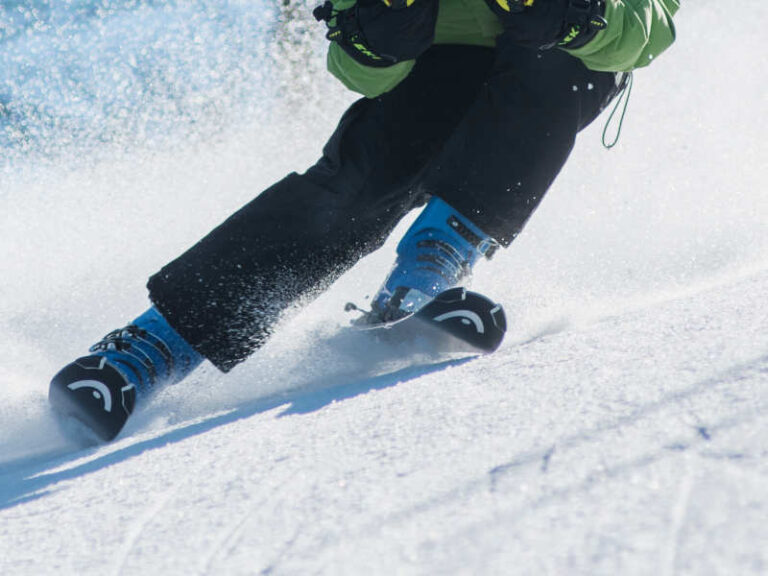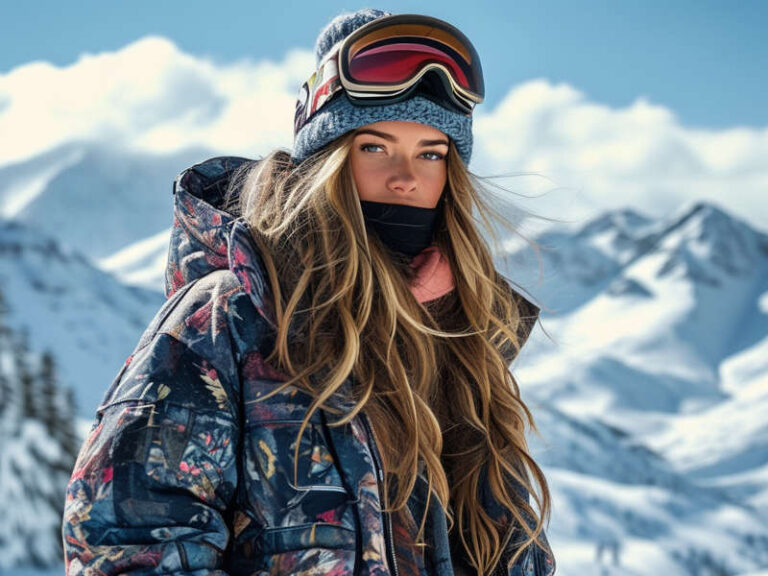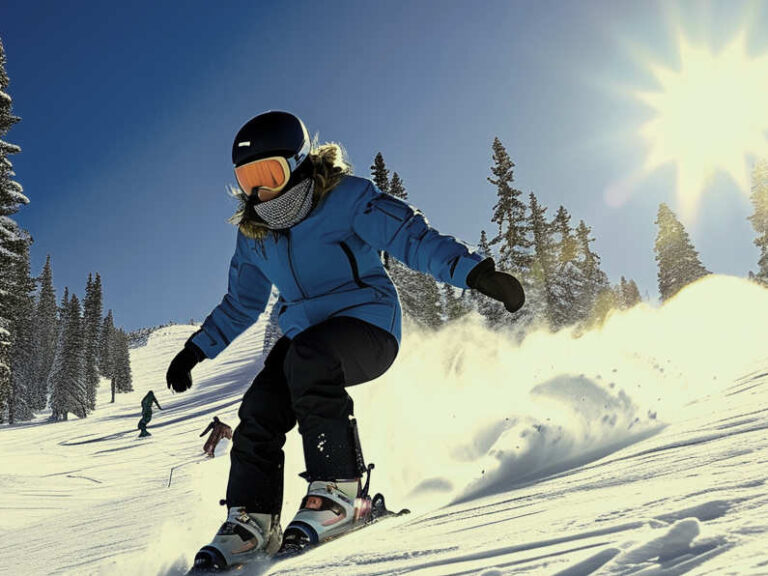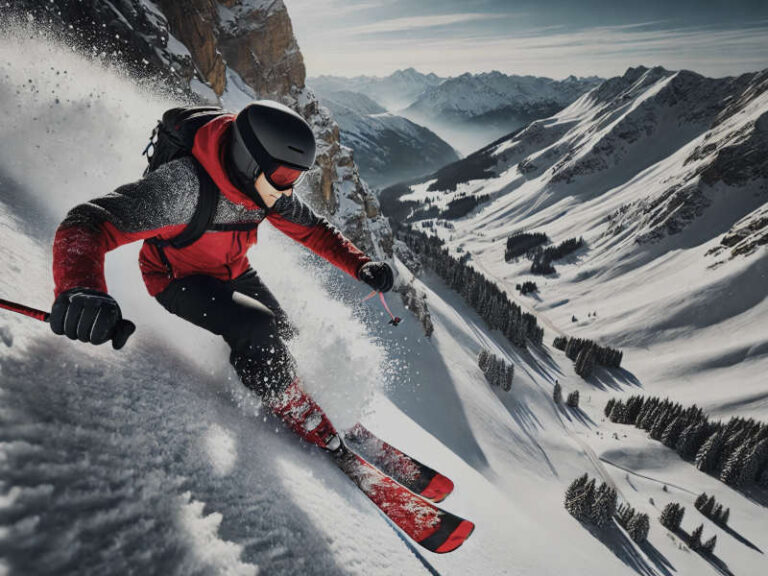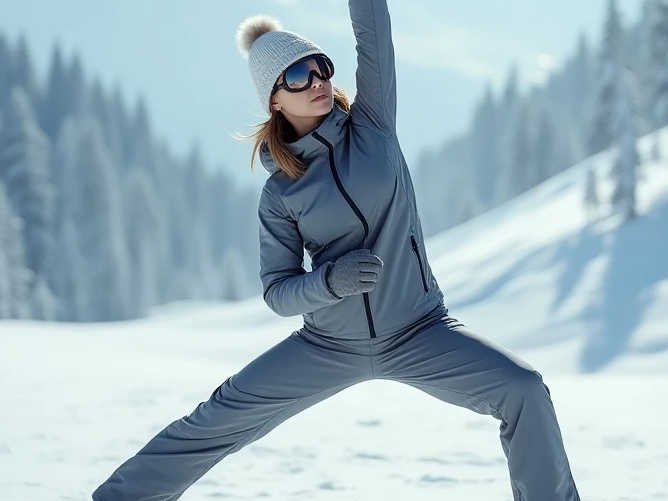How to Choose Beginner-Friendly Ski Boots and Bindings for Downhill Skiing
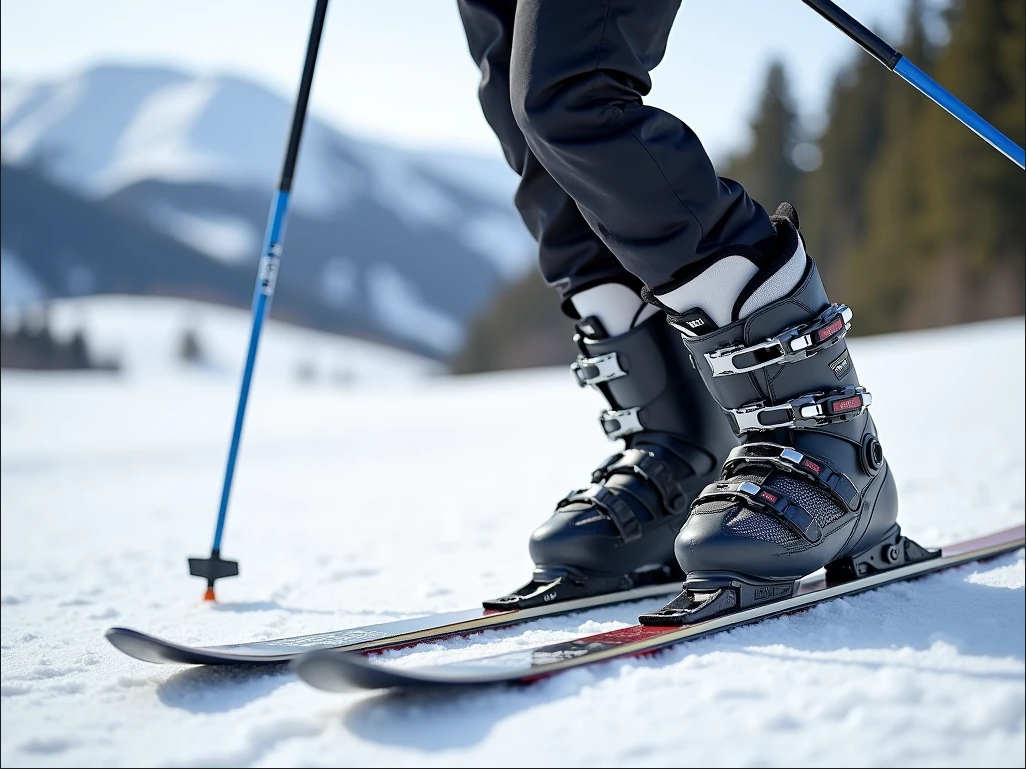
Starting out in downhill skiing is an exciting adventure, and choosing the right ski boots and bindings can make all the difference in helping you feel comfortable and in control on the slopes. Ski boots and bindings are vital for stability, safety, and an enjoyable learning experience, so picking beginner-friendly options is essential.
In this guide, we’ll walk you through everything you need to know about selecting the best ski boots and bindings for downhill skiing. From understanding the differences between beginner and advanced gear to tips on buying used equipment, this article covers all you need to make an informed choice.
Why Beginner-Friendly Boots and Bindings Are Important
Beginner ski boots and bindings are designed with comfort, control, and flexibility in mind. These factors help new skiers focus on learning technique and feeling secure, rather than battling overly stiff boots or unforgiving bindings.
For example:
- Beginner Boots: These are softer and more flexible, allowing you to develop a feel for turning and stopping without straining your muscles.
- Beginner Bindings: Generally have lower release settings, meaning they’re easier to adjust for various weights and skill levels, which reduces injury risk.
Opting for beginner-friendly gear also lets you build a strong foundation in skiing technique. Once you’re more experienced, upgrading to more advanced boots and bindings will allow you to handle steeper slopes and faster speeds confidently. We feel it is best to take the “learn and earn” approach to more advanced equipment over time.
Ski Boots for Beginners: What to Look For
Ski boots are the connection between you and your skis, so finding a comfortable fit with the right features is essential. Here’s what beginners should prioritize when choosing boots:
1. Flex Rating
The flex rating of a ski boot indicates how stiff the boot is when you lean forward. Flex ratings generally range from 50 (softest) to 130+ (very stiff), with softer boots allowing easier movement.
- Beginners: Look for a flex rating between 50 and 80, as these softer boots are forgiving and easy to maneuver. Soft boots allow for better control, which is ideal when learning to turn and brake.
- Intermediate and Advanced: Stiffer boots are designed for precise control at high speeds and on challenging terrains. They usually have a flex rating between 90 and 130, but these aren’t necessary for new skiers.
2. Fit and Comfort
Comfort is a must for beginner ski boots. The best boots will fit snugly but not so tight that they cause discomfort.
- Sizing: Try on ski boots in-store or ensure you’re familiar with your size if ordering online. Your toes should lightly brush the end of the boot without feeling cramped. Remember that ski boot sizes often run smaller than regular shoes, so getting fitted is essential.
- Liners: Many ski boots come with heat-moldable liners that shape to your foot over time for a custom fit. These liners improve comfort, especially for long skiing sessions.
3. Type of Boot
There are different types of ski boots based on skiing style, but for beginners, all-mountain ski boots are generally the best choice. They’re versatile and can handle various terrains, allowing you to explore as you improve.
Beginner-Friendly Ski Boot Recommendations
Here are a few beginner-friendly ski boot models often recommended for their comfort, flexibility, and ease of use:
- Salomon QST Access 70: Known for its comfort and easy entry, the Salomon QST Access 70 has a forgiving 70 flex rating. It also includes a walk mode for easy maneuverability off the slopes.
- Rossignol Alltrack 70: With a cozy liner and a 70 flex rating, the Rossignol Alltrack 70 is ideal for beginners seeking comfort and warmth. It’s designed with all-mountain skiers in mind, making it a versatile choice.
- Nordica Cruise 80: The Nordica Cruise 80 is another great choice with a soft flex and wide fit, perfect for beginners who need comfort without sacrificing control.
Ski Bindings for Beginners: What to Look For
Bindings connect your boots to your skis, and they release in case of a fall, reducing the risk of injury. Here’s what beginners should keep in mind:
1. DIN Setting
The DIN setting controls how easily the bindings release your boot during a fall. This setting is based on your weight, height, skiing ability, and boot size.
- Beginners: A lower DIN setting (usually between 2-7 for beginners) is ideal because it allows the bindings to release easily if you fall. This reduces the chance of injury, making your skiing experience safer and more enjoyable.
- Advanced Skiers: As skill levels progress, skiers often increase their DIN setting for greater stability on steeper slopes and during aggressive turns.
2. Brake Width
Bindings have ski brakes that activate when you fall, preventing your skis from sliding away. The brake width should match the width of your skis, with a slight allowance for variance (usually within 5-10 mm).
3. Binding Weight
Lightweight bindings are great for beginners as they’re easier to control and won’t weigh down your setup. Lighter bindings also make walking with skis easier, which is beneficial as you learn.
4. Compatibility
Make sure your bindings are compatible with your ski boots, particularly if you’re purchasing them separately. Some beginner bindings come with adjustable toe and heel pieces, making them compatible with a wider range of boot sizes.
Beginner-Friendly Ski Binding Recommendations
These bindings are known for reliability, safety, and ease of use, making them ideal for beginners:
- Look NX 10: The Look NX 10 has a wide range of DIN settings and is lightweight, providing a forgiving release in falls, which is great for learning.
- Marker Squire 11: This binding is popular for its durability and safety features, with a beginner-friendly DIN range. Its versatility and lightweight construction make it suitable for a variety of skis and beginner levels.
- Salomon Warden MNC 11: The Salomon Warden MNC 11 is compatible with different boot types and offers reliable release settings. It’s a bit more advanced but is still forgiving enough for beginners who plan to progress quickly.
Buying Used Equipment: A Great Way to Save Money
If you’re looking to save money, buying used ski boots and bindings is a smart option. Quality used equipment from reputable sources can offer excellent performance without the high price tag. Here’s what to know when buying used:
1. Purchase from Reputable Merchants
When buying used, it’s wise to go through a reputable merchant, either a local ski shop or an established online retailer. These merchants usually inspect, tune, and clean equipment before reselling it, which ensures that everything is safe and in good condition. Some even offer short-term warranties or satisfaction guarantees.
2. Inspect for Wear and Tear
Whether buying from a shop or a private seller, inspect the equipment carefully. For ski boots, check for wear on the liners, shells, and buckles. Make sure bindings have no cracks, rust, or excessive wear, especially near the toe and heel pieces.
3. Have It Serviced for Safety
If you buy equipment from a private seller, take it to a ski shop for servicing before hitting the slopes. A certified technician can adjust the bindings for your skill level and check for any issues that might affect performance or safety. This service is typically affordable and ensures that your gear is ready for the slopes.
Extra Tips for Choosing Beginner Ski Boots and Bindings
- Get Fitted
Many ski shops offer free or low-cost boot fitting services. Getting fitted by a professional will ensure you end up with boots that are comfortable, supportive, and sized correctly. - Consider Renting Before Buying
If you’re still not sure about the type of gear you need, renting a few times can be a good idea. Rental shops offer a range of beginner-friendly boots and bindings, giving you the chance to test different setups before making a purchase. - Look for Sales or Packages
Many ski shops offer seasonal sales or package deals that include skis, bindings, and boots at a discounted rate. Packages are often beginner-focused and can be a cost-effective way to get started. - Safety First
Don’t compromise on safety when selecting ski gear. Well-maintained bindings and boots reduce the risk of injury and make skiing more enjoyable. Always ensure that your DIN setting is accurate for your skill level, weight, and height. - Comfort Over Brand Name
While brand names can be helpful for identifying quality products, focus on comfort and fit above all else. A well-fitting pair of boots from a less-known brand will serve you better than popular boots that don’t fit correctly.
Final Thoughts on Choosing Beginner Ski Boots and Bindings
The right ski boots and bindings can be game-changers for beginners, making it easier to learn, feel comfortable, and stay safe. Remember, skiing is all about having fun, so don’t stress too much about finding “perfect” gear right away. Comfort is important, especially when you are just starting out. Start with beginner-friendly options, and you can always upgrade as your skills and confidence grow.

by: T. Belleau
Health and sports are at the heart of Trisha’s writing passion. An avid cyclist, mountain biker, and e-biker, she brings firsthand experience and genuine excitement to her sports-related articles. Trisha’s love for the outdoors extends… read more


